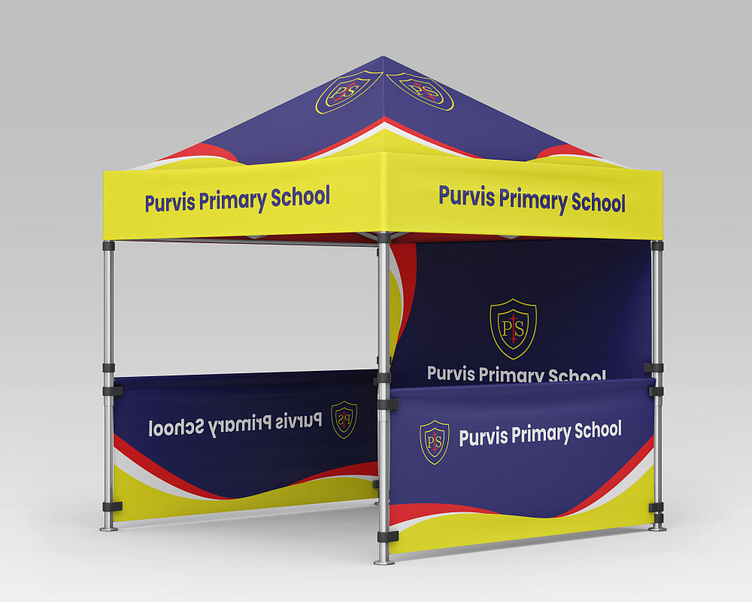Tent Design For School
Tent Design Overview:
Designing a tent involves considering various factors such as functionality, durability, ease of setup, and user comfort. Here is a detailed description of a tent design:
Tent Type and Shape: The tent's type and shape depend on its purpose and the environment it will be used in. Common tent types include dome, tunnel, cabin, and pyramid. The shape is designed to optimize space utilization, stability, and weather resistance.
Dimensions: The tent's dimensions depend on the intended occupancy and gear storage requirements. It should provide sufficient headroom for users to sit or stand comfortably and have enough floor space for sleeping arrangements. Common sizes range from 1-person bivvy tents to larger family-sized tents.
Materials: The tent's materials play a crucial role in its performance and longevity. The outer shell, or rainfly, is typically made of waterproof and durable materials such as nylon or polyester with a waterproof coating or laminated membrane. The inner tent uses breathable and lightweight fabrics for enhanced comfort. The floor is designed with a robust and waterproof material to protect against moisture from the ground.

